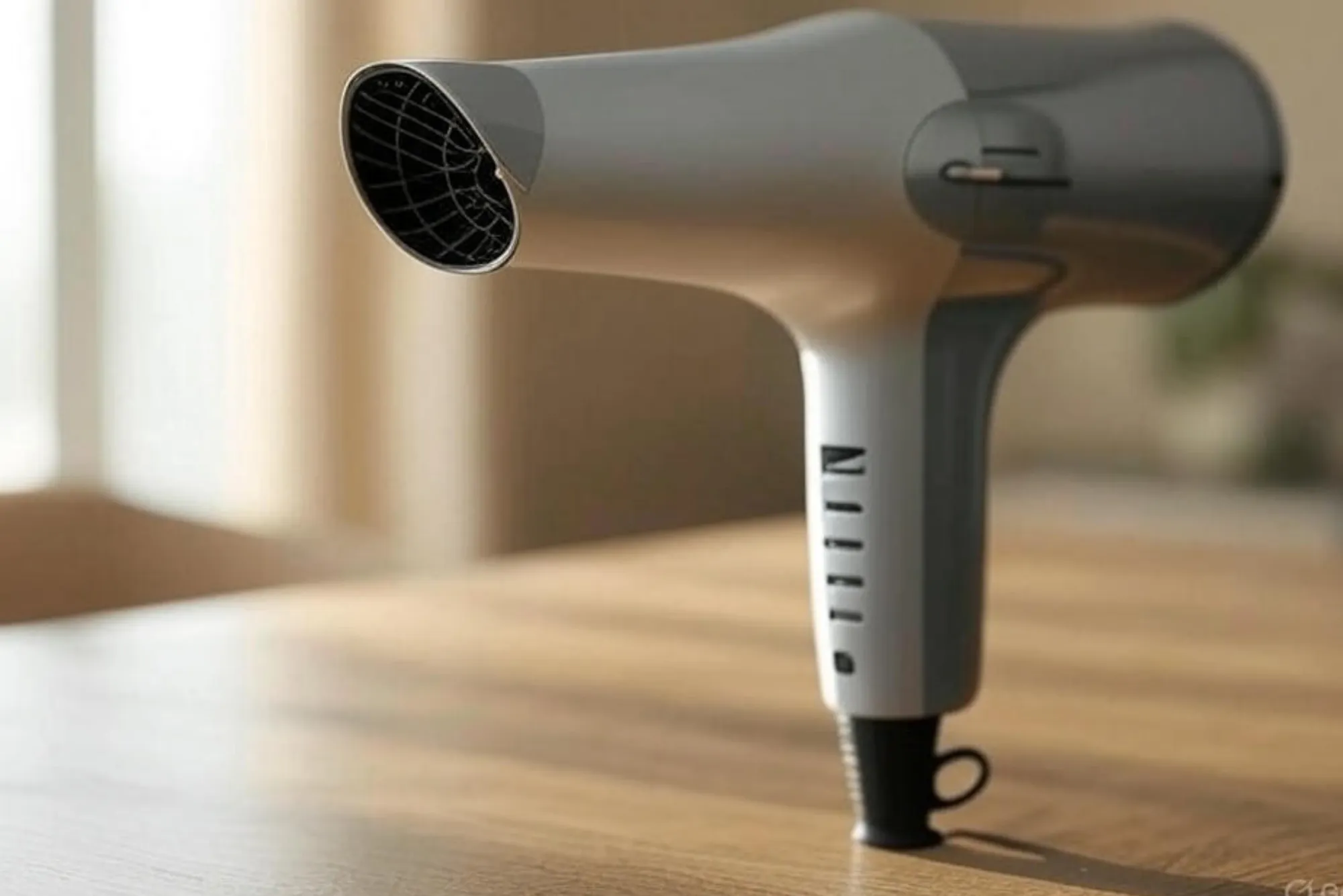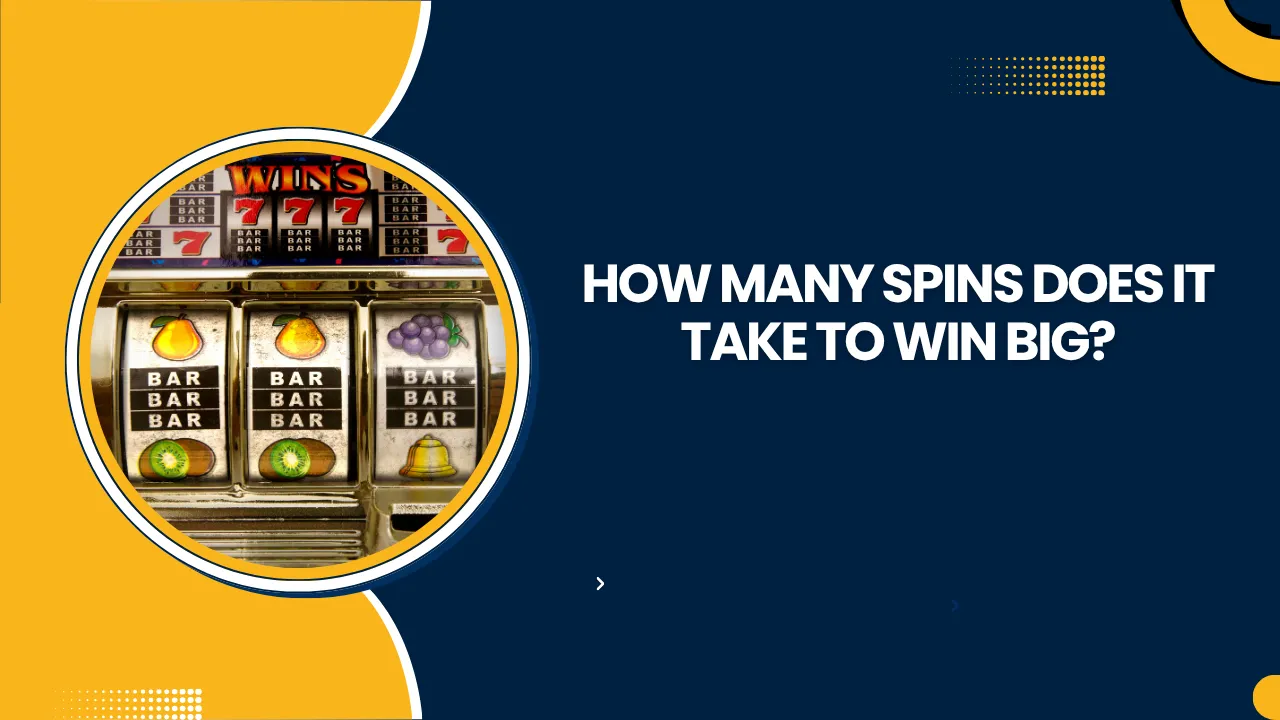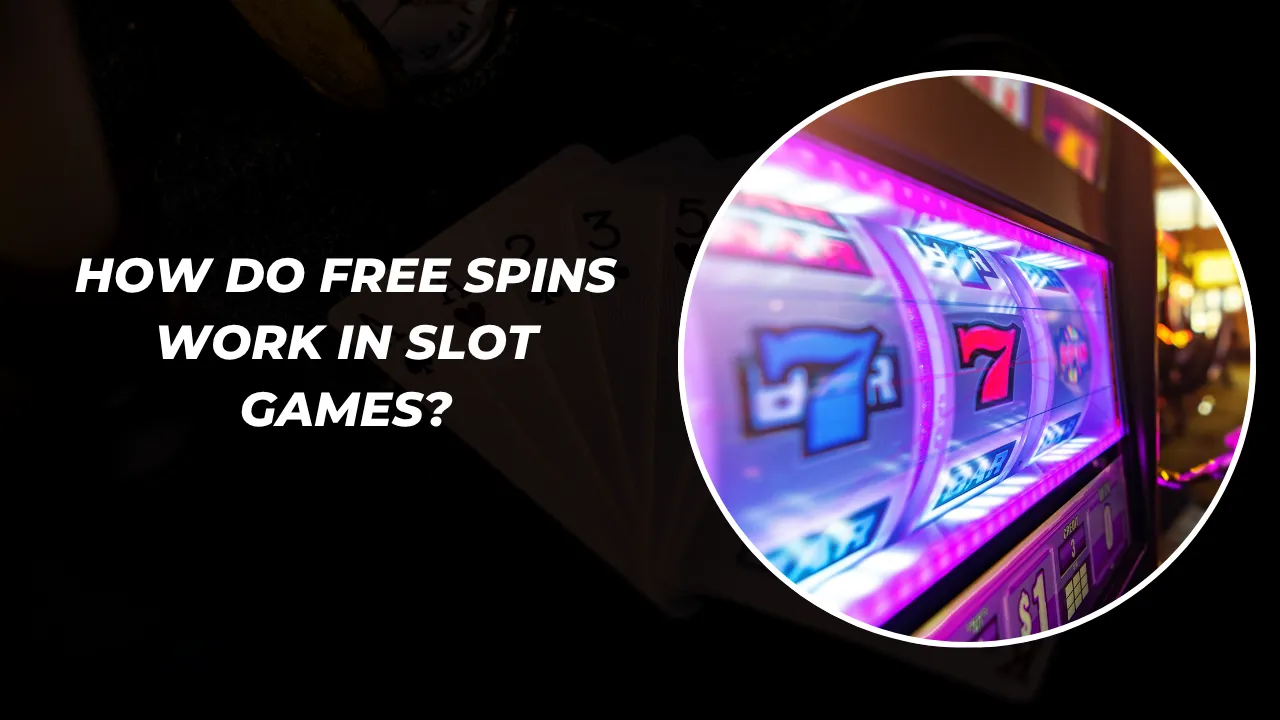Casinos are built on the promise of fair play. Players walk into the glittering halls of Las Vegas, Macau, or Monte Carlo expecting excitement, luck, and maybe a little strategy — but always under the belief that the games are honest. To protect that promise, casinos rely heavily on surveillance systems. Towering ceilings filled with cameras, known in the industry as the “eye in the sky,” are designed to capture every movement on the floor.
But here’s the real question: can casino surveillance truly catch every single cheating attempt? The answer is both fascinating and complex. Technology has come a long way, yet the interplay between human behavior, machine learning, and old-fashioned ingenuity makes this an ongoing battle between cheaters and those tasked with catching them.
The Power of the Eye in the Sky
Casino surveillance has evolved dramatically over the decades. In the early days, floor managers relied mostly on their instincts and sharp observation skills. Today, advanced digital cameras, facial recognition software, and real-time data analytics give casinos tools that rival some government-level security systems.
These systems are designed to monitor table games, slot machines, cash cages, and even entrances and exits. The high-definition clarity of modern cameras means dealers’ hand movements, chip exchanges, and even micro-expressions can be recorded and analyzed. It’s not just about watching for someone palming a chip — it’s about building a complete profile of behaviors that could indicate suspicious activity.
Interestingly, the rise of online gambling has introduced parallel forms of monitoring. While physical casinos rely on cameras and pit bosses, online platforms track digital behavior, patterns of play, and unusual activity. Many of the technologies overlap, but there’s also a stark difference in regulation. For instance, players who explore no kyc crypto casinos experience a very different environment, one with fewer identity checks and less surveillance than traditional regulated venues. This contrast highlights just how much casinos rely on surveillance to maintain integrity in the physical world.
Why Cheating Is Still Hard to Eliminate
Despite all the tech advancements, cheating has not disappeared. In fact, history is filled with creative examples: past-posting (placing a bet after the outcome is known), card marking, collusion between players, or using hidden devices to predict roulette outcomes.
Surveillance teams are trained to look for these moves, but human ingenuity often keeps pace with security innovations. For instance, while cameras can easily spot someone slipping an extra chip onto the table, more subtle strategies like coordinated signaling between players can take much longer to detect.
Even when suspicious behavior is flagged, surveillance teams must build a clear, reviewable case before acting. Casinos don’t just need to catch someone; they need to prove beyond doubt that cheating occurred. This requires patience, meticulous review, and often cooperation with regulators and law enforcement.
The Human Element in Casino Security
Technology is powerful, but it doesn’t operate in isolation. Human expertise remains essential. Surveillance staff members — often with years of experience — bring intuition and pattern recognition skills that software can’t fully replicate.
Consider blackjack. A seasoned pit boss might sense that a player is subtly altering their strategy in a way that hints at card counting. While not illegal, card counting is generally discouraged, and casinos may ask players to leave if detected. Machines alone might not pick up on these nuanced shifts in behavior, but human eyes can.
The synergy between humans and machines is what makes surveillance effective. Cameras provide the footage, algorithms flag anomalies, and human operators interpret the story behind the images. Without that combination, many cheaters would slip through the cracks.
Balancing Privacy and Protection
Another layer to this discussion is privacy. Casino players expect to be watched — after all, it’s part of the environment — but there’s still a balance to strike. Excessive surveillance can create discomfort, while too little undermines trust in the fairness of games.
Physical casinos tend to be upfront about their surveillance policies. Signs remind guests they are under observation, which itself serves as a deterrent. Online platforms, on the other hand, tend to be more discreet about monitoring, instead embedding security measures in algorithms and back-end systems.
For players, this balance is about reassurance. Knowing that surveillance is in place discourages cheating and builds trust, but it also raises questions about how much personal data is collected, stored, and shared.
Can Every Attempt Be Stopped?
The short answer is no — not every attempt at cheating can be caught in real time. But that doesn’t mean cheaters are walking away unscathed. Surveillance often works after the fact, reviewing footage to uncover patterns and reconstruct incidents. Some cheaters might initially get away with small wins, but consistent behavior eventually catches up with them.
Casinos also share information across networks. Someone flagged in one venue may find themselves blacklisted from others. Technology like facial recognition makes this possible, ensuring that repeat offenders are quickly identified and denied access.
The reality is that surveillance acts more as a deterrent than a guarantee. The presence of cameras, the knowledge of sophisticated monitoring, and the risk of being banned or prosecuted all combine to keep cheating relatively rare.
Lessons for Players and the Industry
For the average player, the presence of surveillance is mostly a good thing. It ensures fairness, protects against fraud, and helps resolve disputes. If a dealer error occurs or a player feels shortchanged, surveillance footage often becomes the impartial evidence needed to settle the matter.
For casinos, surveillance is an investment in both reputation and security. Guests are far less likely to return to a casino that tolerates cheating or mishandles disputes. By maintaining rigorous surveillance, casinos protect not only their bottom line but also the trust of their customers.
At the same time, the industry must remain vigilant. Cheating evolves with technology. Just as surveillance cameras became sharper and smarter, cheaters have developed digital tools and strategies to exploit weaknesses. The cat-and-mouse game continues, but surveillance ensures that casinos always have a fighting chance.
Conclusion
Casino surveillance is one of the most advanced security systems in any commercial industry. It combines cutting-edge technology with human expertise to create an environment where cheating is difficult, risky, and rarely successful long-term. But the reality is that no system can catch every attempt in real time. What surveillance does best is deter, detect, and document — providing the safeguards needed to maintain fairness in a high-stakes environment.
As gambling continues to evolve — from glittering casino floors to digital platforms and even crypto-based alternatives — surveillance will remain the cornerstone of fair play. Cheaters will always exist, but so too will the watchful eye in the sky.







